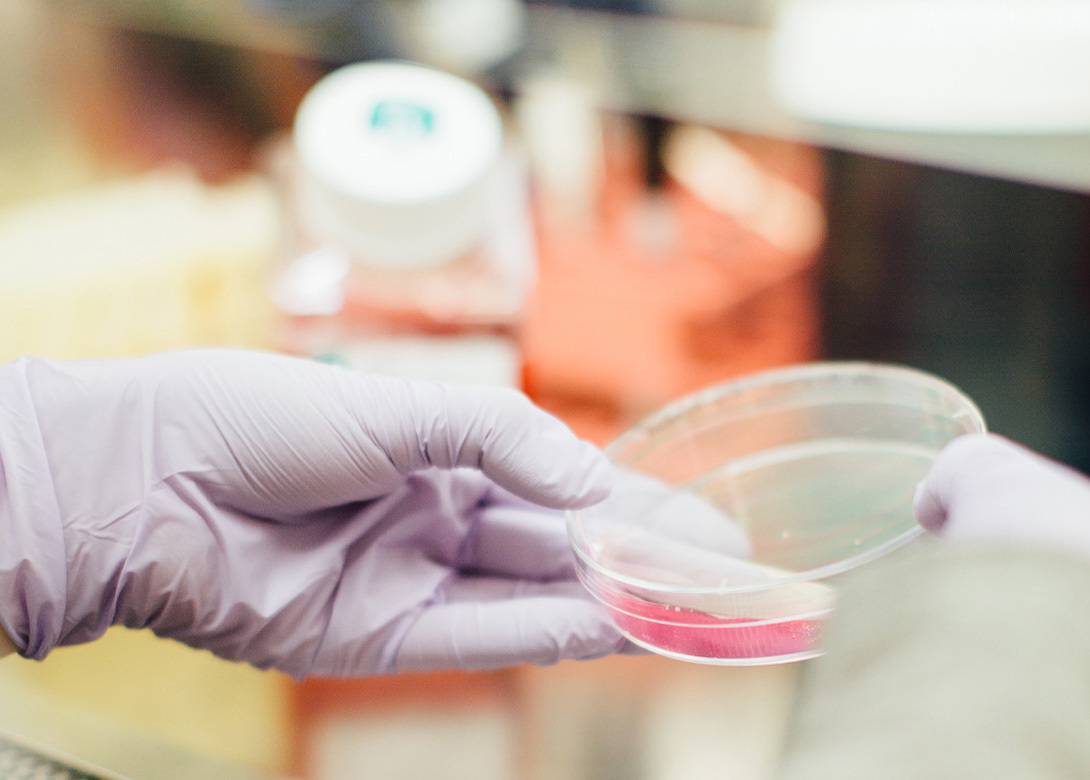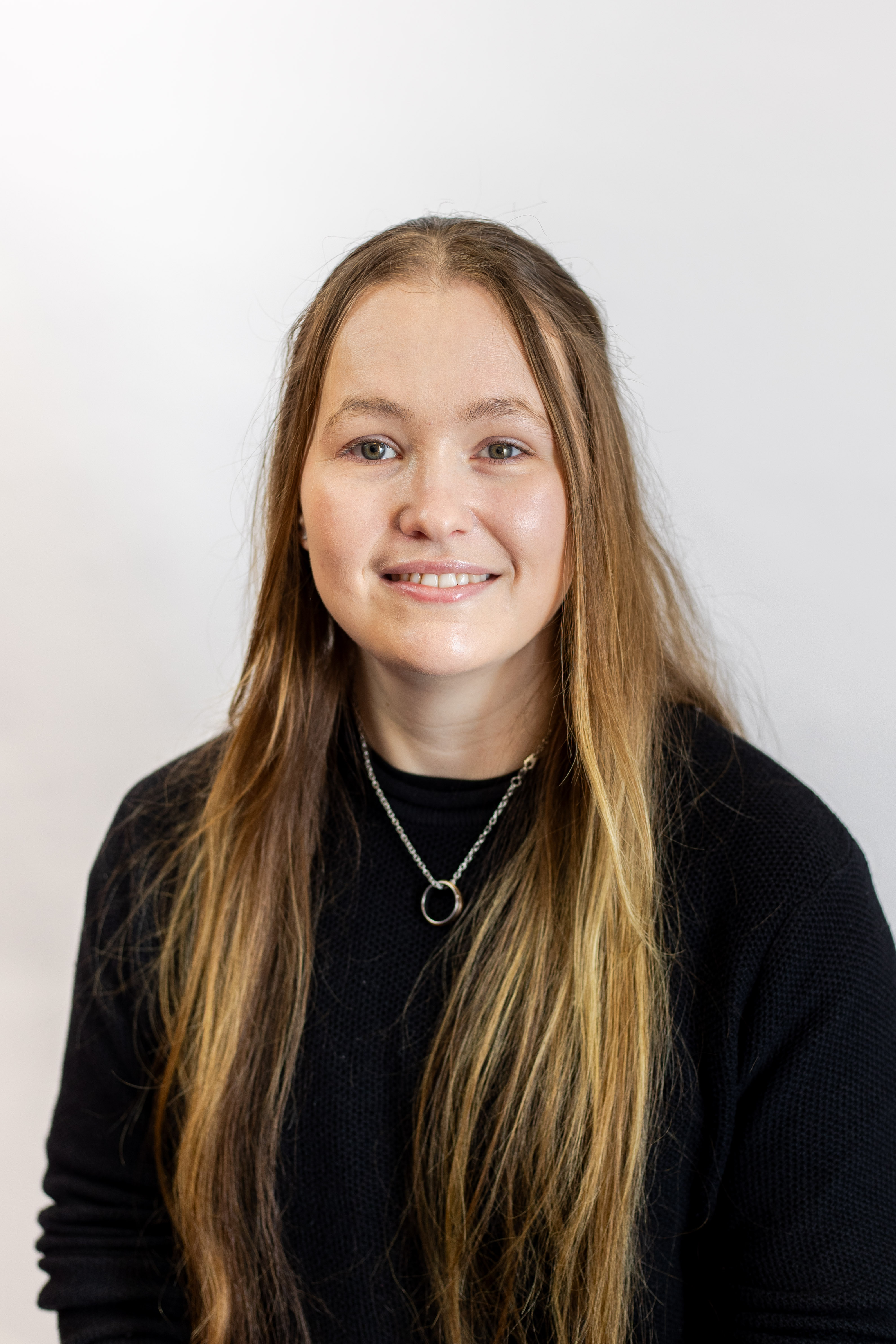
Medical device manufacturers are increasingly turning to specialist plastics formulated to resist harsh chemicals and survive environmental end use conditions, such as sterilisation. However, the properties that allow these materials to withstand such conditions can also make them difficult to bond with adhesives. Here Kevin Brownsill, Head of Technical, Learning and Development at Intertronics, shares guidance on bonding specialist medical plastics.
Adhesives are frequently used to bond medical plastics in the manufacture of catheters, respirators, tube sets, injection needles, diagnostic testing equipment, and many other applications. In many cases, bonding with adhesives is an easier and more efficient approach than solvent welding or mechanical fastening, while offering minimal aesthetic changes to the device.
Difficult to bond plastics
For adhesive bonding to be a success, the adhesive must first wet the surface of the substrate. The term ‘wetting’ is used to describe the propensity of an adhesive to spread out over a given substrate, and it is a prerequisite to bonding success.
One of the key factors that determines whether an adhesive will wet is surface energy. If the plastic substrate has a higher surface energy than the adhesive, typically by around seven dynes/cm2 to ten dynes/cm2, the adhesive droplet will spread out on the surface (wet). If the surface energy of a material is lower than the adhesive, the liquid will not wet, and will instead sit as a round droplet on the surface of the plastic. This leads to weak bond strength.
Many high-performance medical plastics, including PPSU, COC/COP, PP, PCTG, PEBA, SAN, and PEEK, have low surface energies and are therefore difficult to bond with adhesives. To combat this, specialist adhesive manufacturers are formulating new materials to bond these high-performance medical plastics.
Raising the surface energy
Plasma surface treatment is an effective way to create bond sites on specialist medical plastic surfaces and increase the surface energy, so that the adhesive can bond more easily. Atmospheric plasma technology involves turning a small number of gas molecules into energetic electrons and ions. These can accelerate to high energy and collide with gas molecules to produce short lived chemically active species.
Plasma can initiate a number of physical and chemical processes that treat the surface, without the use of additional chemicals. In a process known as functionalisation, plasma treatment can generate oxygen and hydroxyl groups on the surface of the substrate that act as bond sites, forming covalent bonds with molecules in the adhesive, improving bond strength. As well as increasing the surface energy of the substrate and, therefore, the wettability, plasma can clean the surface and remove contaminants on the surface that would otherwise impede bonding.
Bonding PEEK
PEEK is used in the manufacture of some disposable medical device components, such as connectors, tubing, housings and sensors. PEEK is non-toxic, sterilisable, and offers good temperature resistance, high strength and toughness, and good chemical resistance. However, PEEK has a low surface energy, which means adhesives tend not to wet. With plasma surface treatment, manufacturers can increase the surface energy of PEEK, making it possible to bond PEEK successfully.
Bondline design
As well as establishing whether the surface energy of a substrate is, or can be, sufficiently high to ensure an adhesive will wet, users need to ensure the bond will survive the lifetime of the product. It is critical the materials used can tolerate the stresses that the medical device will be exposed to, perhaps high heat, humidity, or chemical exposure.
One particularly challenging situation many reusable medical devices will be subject to is sterilisation, most commonly by autoclaving. Many substrate choices are capable of resisting autoclaving, including PEEK, PPSU, and POM. However, the need to resist sterilisation may narrow down user choice of adhesives considerably. To address these trade-offs, adhesives manufacturers have started to introduce fast-curing medical adhesives designed to withstand repeated sterilisation cycles.
Adhesives at the design stage
Building a successful adhesives application process goes far beyond the technical properties of the material. Those looking to bond medical plastics like PEEK, which have low surface energies, may find success from engaging with adhesive suppliers early in the design stage. As well as helping to advise on the best materials and surface treatments to trial in application, suppliers can offer support with building a process that offers good productivity and throughput, the required level of repeatability and sufficient process control.

Becca is the latest member to join our team and is eager to get stuck into the world of fasteners. She brings an enthusiastic and fresh outlook on what we do editorially and will be leading our social media activity – including sourcing material, editing articles and posting online.





